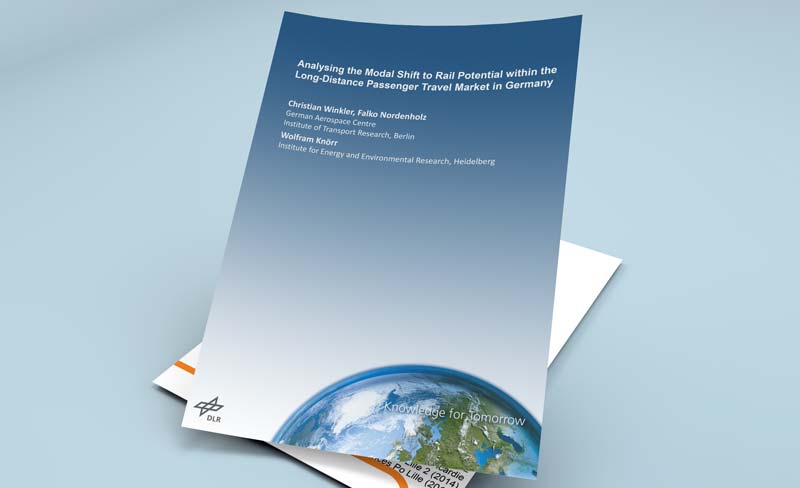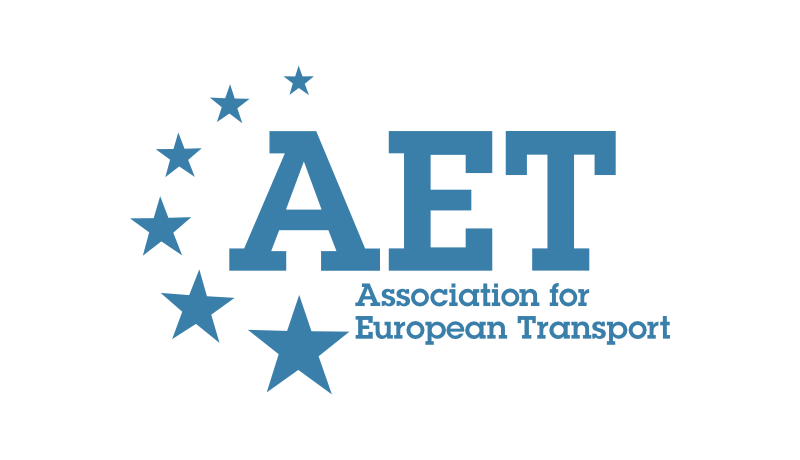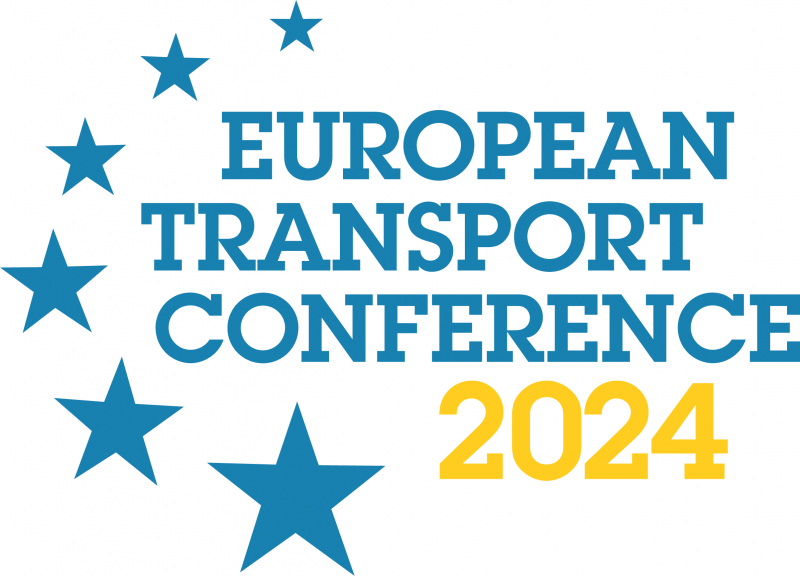-
Past ETC Papers

Browse, search and view papers from the past AET Conferences.
-
Members' Area

AET promotes networking and exchange of ideas, information and opportunities amongst members.
Conference Papers 2017
Barcelona, Spain
ETC Conference Papers 2017
Where will self-driving vehicles take us? Scenarios for the development of automated vehicles with Sweden as a case study
Seminar
Day 3 (6 Oct 2017), Session 8, Autonomous Vehicles, 11:30 - 13:30
Status
Accepted, documents submitted
Submitted by / Abstract owner
Anna Pernestål
Authors
Anna Pernestål Brenden, ITRL, KTH Royal Institute of Technology,, Ida Kristoffersson, VTI Swedish Road and Transport Research Institute, Lars-Göran Mattsson, Integrated Transport Research Lab, KTH Royal Institute of Technology
Short abstract
In a study of self-driving vehicles two important axes of uncertainty are identified: whether sharing becomes a norm, and whether authorities will be proactive. Effects on pace of development, fleet size, and VMT are predicted for four scenarios.
Abstract
The development of Self-Driving Vehicles (SDVs) is fast, and new pilots and tests are released every week. SDVs are predicted to have the potential to change mobility, human life and society.
In literature, both negative and positive effects of SDVs are listed (Litman 2015; Fagnant and Kockelman 2015). Among the positive effects are increased traffic throughput leading to less congestion, improved mobility for people without a driver’s license, decreased need for parking spaces, and SDV as an enabler for shared mobility. On the other hand, SDVs are expected to increase the consumption of transport which leads to an increase in total vehicle kilometers travelled. This effect is further reinforced by empty vehicles driving around. This will increase the number of vehicles on the streets and lead to more congestion and increased energy usage. Since the SDV technology is expensive, segregation may be a consequence of the development. In addition there are several challenges related to for example legislation, standardization, infrastructure investments, privacy and security. The question is not if, but rather when SDVs will be common on our streets and roads, and if they will change our way of living, and if so, how?
As we are in a potential mobility shift, and decisions made today will affect the future development, understanding possibilities and challenges for the future is important for many stakeholders. To this end a scenario-based future study was performed to derive a common platform for initiation of future research and innovation projects concerning SDVs in Sweden. This study will also be used in the ongoing governmental investigation about future regulations for SDVs on Swedish roads (Bjelfvenstam 2016). A third motivation for the study is to shed light on how demography, geography and political landscape can affect the development of new mobility services.
Since there are many different forces that drive the development, often uncertain and sometimes in conflict with each other, a scenario planning approach was chosen. In previous studies, different types of predictions have been derived. Most of them are made by US scholars and are therefore naturally focused on the development in the US. The culture, both with respect to urban planning and public transport is different in Europe compared to the US.
The work has been performed by an expert group and a smaller analysis team. The expert group has involved nearly 40 persons from 20 transport organizations, including public authorities, lawyers, city planners, researchers, transport service suppliers, and vehicle manufacturers. The expert group met three times, each time focusing on a specific theme: 1) trend analysis, 2) defining scenario axes of uncertainty, and 3) consequence analysis. The analysis team, consisting of the present three authors and two future strategists, has analyzed, refined and condensed the material from the expert group.
During the project certain trends and strategic uncertainties were identified by the expert group. The uncertainties that were identified as most important for the development of SDVs in Sweden are: 1) whether the sharing economy becomes a new norm or not, and 2) whether city planners, authorities and politicians will be proactive in the development of cities and societies or not, especially regarding the transportation system. This led to four scenarios: A) “Same, same but all the difference” – a green, individualistic society, B) “Sharing is the new black” – a governmentally driven innovation society based on sharing, C) “Follow the path” – an individualistic society based on development in the same direction as today, and D) “What you need is what you get” – a commercially driven innovation society where sharing is a key.
In the paper, we describe the scenarios and the process to derive them in more detail. We also present an analysis of the consequences for the development of SDVs in the four scenarios, including predictions concerning pace of development, level of self-driving, fleet size, travel demand and vehicle kilometers travelled. The paper also includes a discussion and comparison with other studies on the development of SDVs in the US, Europe and Asia.
References
Bjelfvenstam, Jonas. 2016. “Vägen till Självkörande Fordon - Försöksverksamhet (The Road to Self-Driving Vehicles - Trial Regulation).” SOU 2016:28. https://data.riksdagen.se/fil/86C0BF77-8462-4ABE-902E-B1FAB482C8C3.
Fagnant, Daniel J., and Kara Kockelman. 2015. “Preparing a Nation for Autonomous Vehicles: Opportunities, Barriers and Policy Recommendations.” Transportation Research Part A: Policy and Practice 77: 167–181.
Litman, Todd. 2015. “Autonomous Vehicle Implementation Predictions.” In Proceedings of the 2015 Transportation Research Board Annual Meeting, 15-3326. http://www.vtpi.org/avip.pdf.
Documents:

Association For
European Transport
Forester House
Doctors Lane
Henley-in-Arden
Warwickshire, UK
B95 5AW
+44 (0) 15 64 793552
VAT number: 710 1866 64
Conference Supporters & Endorsers




Legal Entity
The Association for European Transport is registered as an Association ('vereniging') with the Chamber of Commerce for Haaglanden in The Netherlands under company number 27170096.
Built on Zenario




